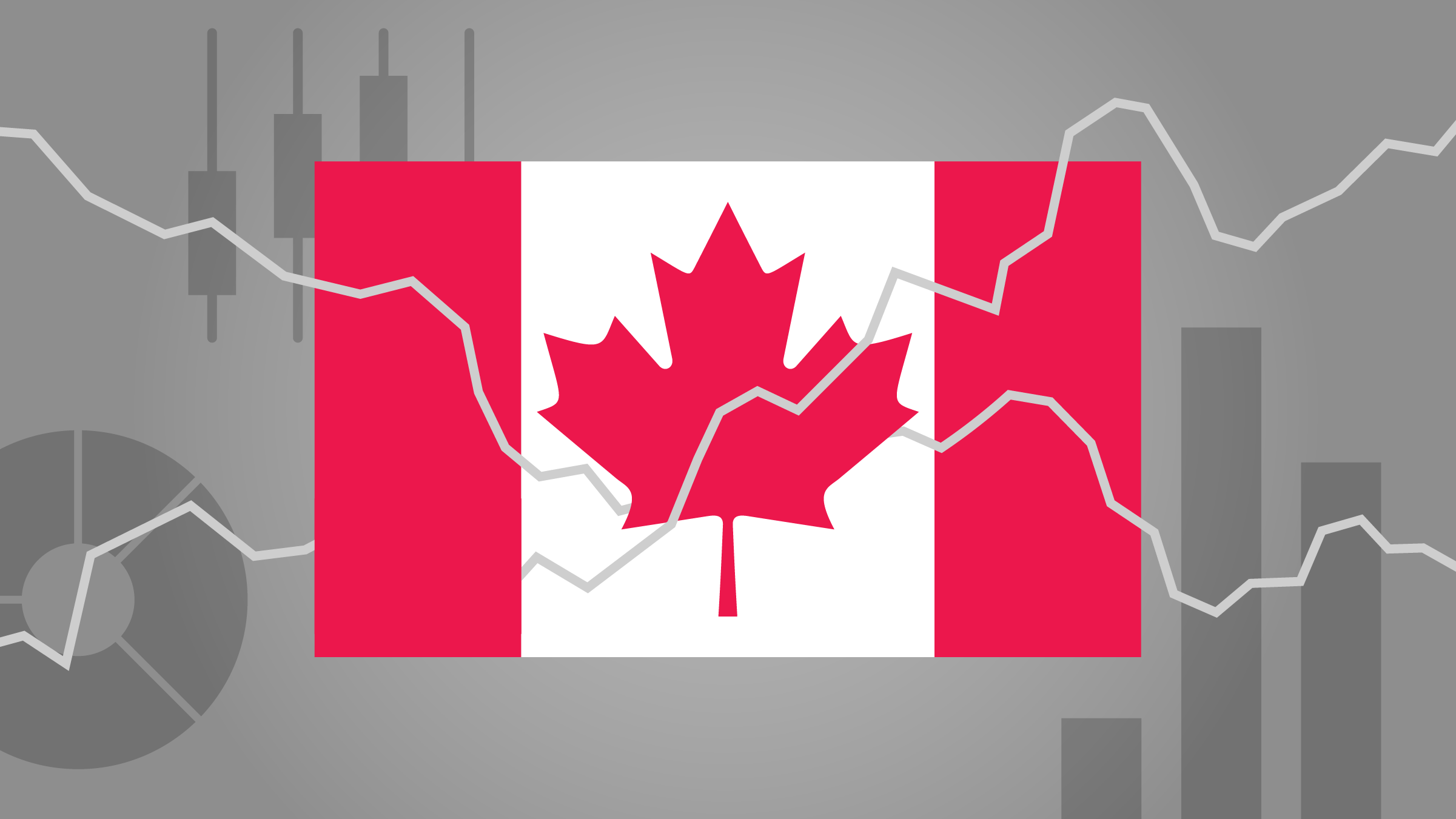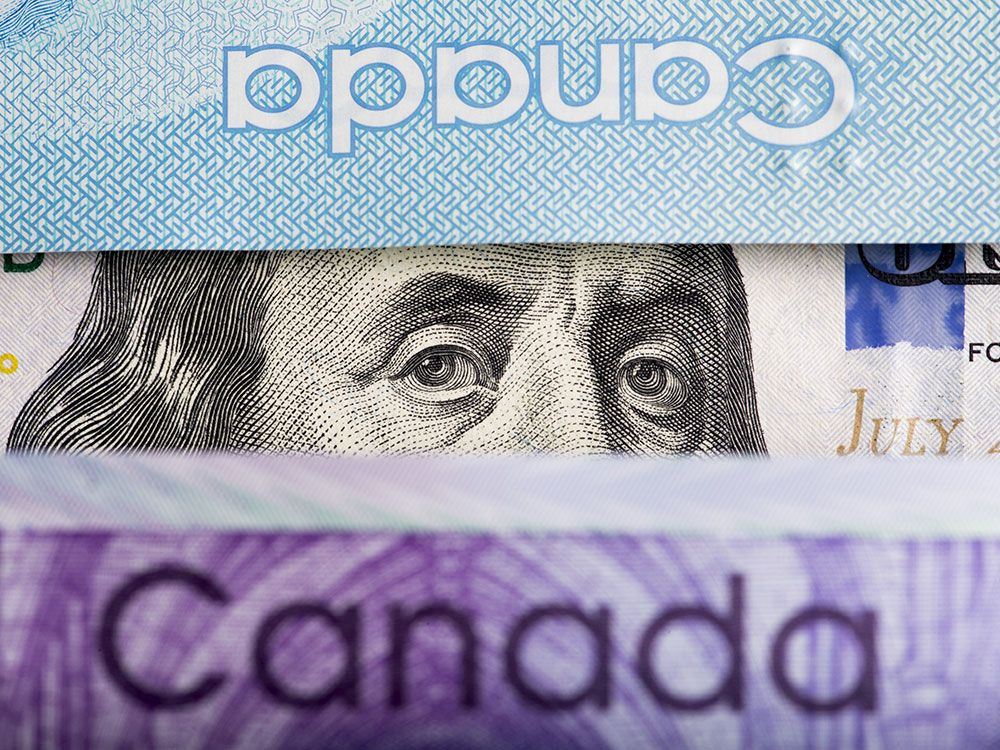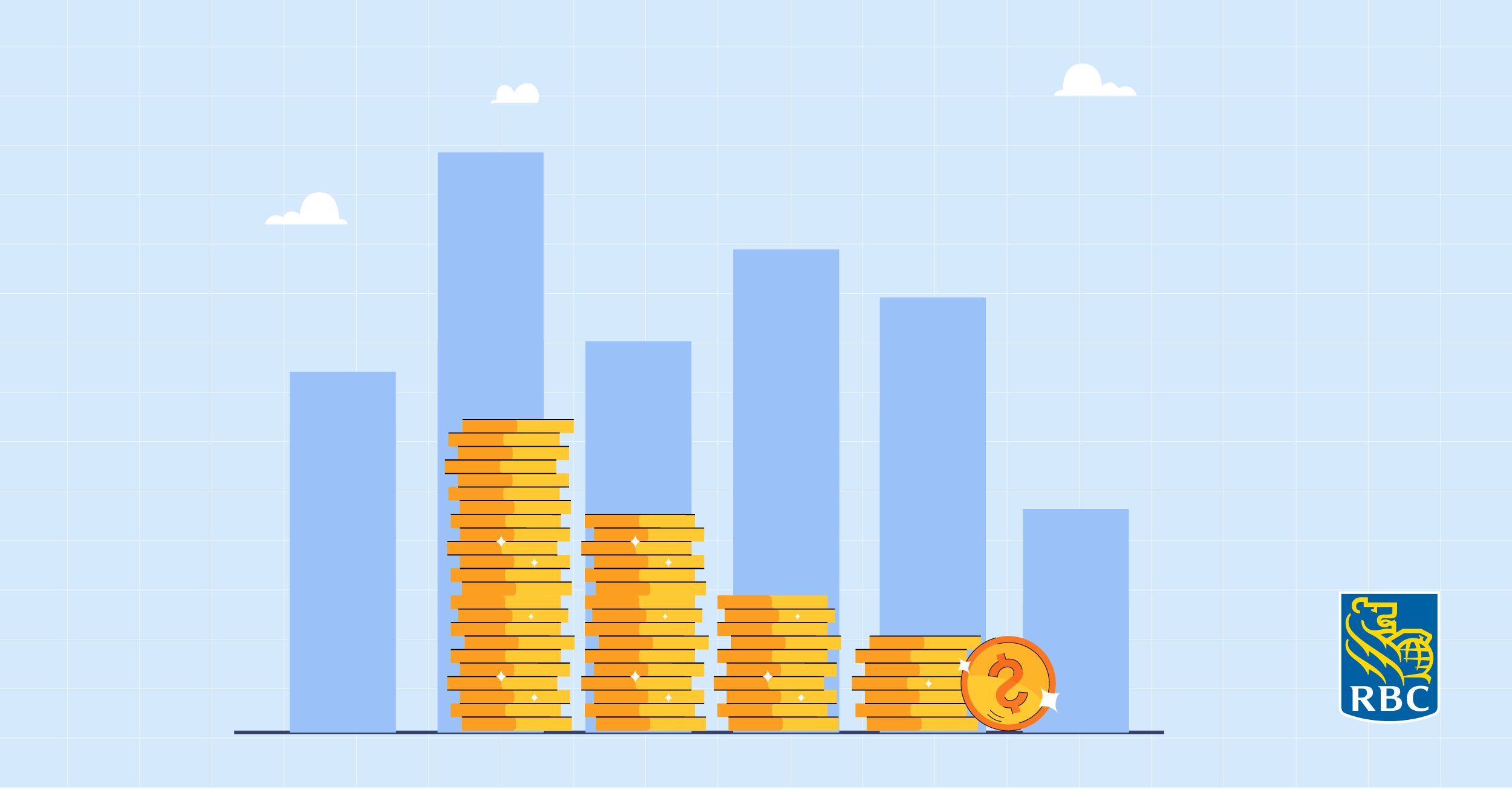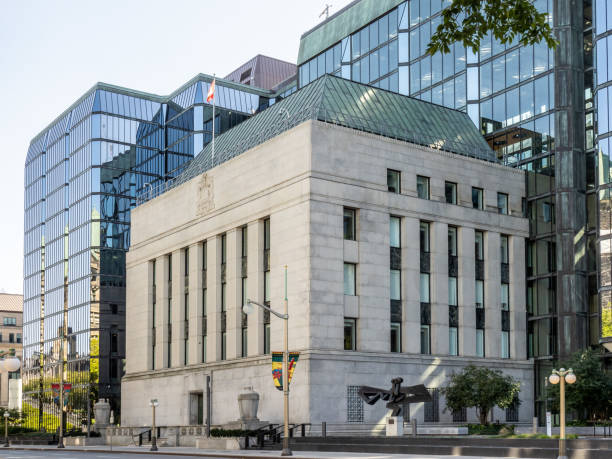






As 2025 unfolds, the Bank of Canada is poised to make a significant interest rate announcement on January 29, which could have far-reaching implications for the Canadian economy. Households are grappling with rising costs, particularly in essential areas like groceries and housing. The Canadian dollar is currently valued at approximately 69.33 cents US as of January 13, 2025, reflecting ongoing economic challenges. RBC predicts that the Canadian dollar will drop to 68.96 cents US by Q2 2025, further complicating the economic landscape. [1e40f2fe]
As of February 1, 2025, the loonie has further weakened to about 69 U.S. cents, down from 75 cents a year prior. On February 3, 2025, the Canadian dollar dipped to 68.48 cents US, marking its lowest value since 2003. This decline is attributed to looming threats of U.S. tariffs on Canadian imports. In response, Prime Minister Justin Trudeau announced a 30-day pause on these tariffs, which temporarily helped the loonie approach the 70-cent mark. Currency expert Karl Schamotta from Corpay indicated that the declining exchange rate signals economic trouble, warning that if tariffs are implemented, the Bank of Canada projects a 2.4% GDP drop compared to a 1.8% growth scenario without them. [b11d9435][42d601ac][63cbaa19]
Bank of Canada governor Tiff Macklem has stated that while the exchange rate has not yet influenced monetary policy, it is expected to impact the economy significantly. In late 2024, Canada's economy showed signs of slowing, with GDP growth forecasted at 1.7% for 2025, an increase from 1.3% in 2024. The household sector, however, demonstrated resilience with a 4.8% rise in real disposable income, contrasting with the corporate sector's negative sentiment, as indicated by a Business Outlook Indicator at -2.31. [240573fd]
The Bank of Canada reduced its interest rate from 5% to 3.25% in December 2024 after a series of five cuts, aiming to stimulate economic activity amid fluctuating inflation rates. Currently, inflation stands at 1.9%, which falls within the Bank's target range, allowing some room for policy adjustments. Analysts anticipate that the Bank will cut rates further to around 2% by mid-2025, as the Canadian economy is expected to weaken. [71ad199c]
Despite the weakening Canadian dollar, inflation concerns are mitigated since only 20% of Canadian consumption is imported, and Canada remains a net creditor, reducing vulnerability to currency spirals. The upcoming rate announcement is part of a broader schedule that includes eight key dates throughout 2025. Analysts expect the Bank to cut rates by 25 basis points in January, March, April, and June, potentially bringing the rate down to 2.25%. This easing is seen as necessary given the sluggish growth and subdued inflation. [1e40f2fe]
A strong jobs report released in January 2025 indicated that Canada added 91,000 jobs in December 2024, lowering the unemployment rate to 6.7%. However, this positive news has not been enough to improve the outlook for the Canadian dollar, which ended 2024 at C$1.44, marking an 8% decline. Analysts are divided on whether the Bank of Canada will implement rate cuts at the upcoming meeting, with some predicting a widening policy gap compared to the U.S. Federal Reserve's target range of 4.25% to 4.50%. [cfe278d0]
Prime Minister Justin Trudeau's recent meeting with U.S. President-elect Donald Trump on November 29, 2024, highlighted concerns about potential 5% tariffs on Canadian imports expected by mid-2025, which could further complicate the economic landscape. [bd8da9f5]
British Columbia Premier David Eby has openly criticized the Bank's management of interest rates, suggesting that the current economic pressures require a more responsive approach. The interplay between domestic economic conditions and international trade relations will be critical as the Bank of Canada prepares for its upcoming decision. [bd8da9f5]
In Q3 2024, Canadian foreign reserves rose to US$324 billion, a 9.5% increase from 2023, providing some buffer against the loonie's depreciation. The last significant concern over the loonie's weakness was in early 2002, highlighting the ongoing challenges faced by the Bank of Canada in navigating these turbulent economic waters. [42d601ac]
As the Bank of Canada approaches this pivotal moment, the focus will be on how it navigates the delicate balance between fostering economic growth and controlling inflation, especially in light of the pressures faced by Canadian households. The expected USD/CAD exchange rate is projected to reach CAD1.5000 by early 2026, adding another layer of complexity to the Bank's decision-making process. [240573fd]